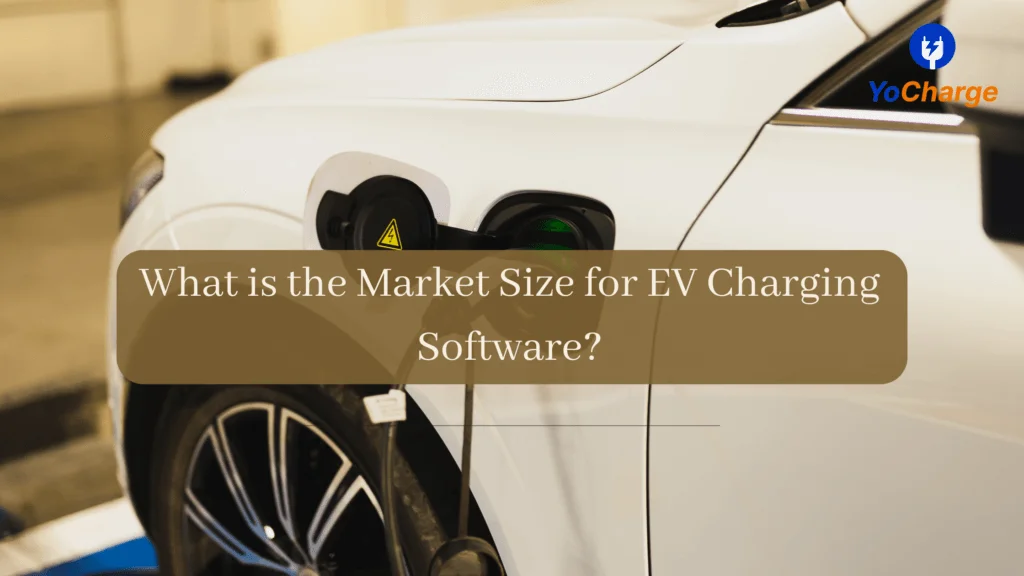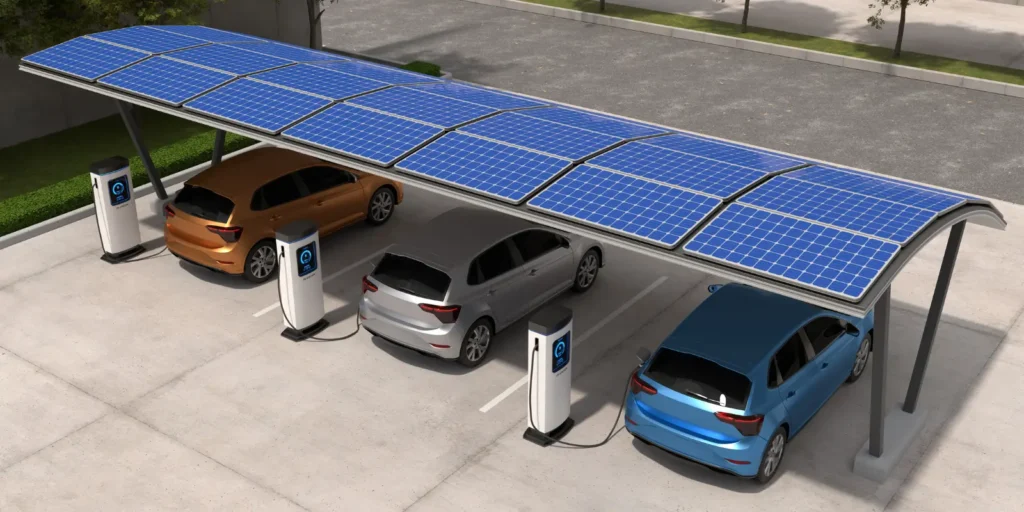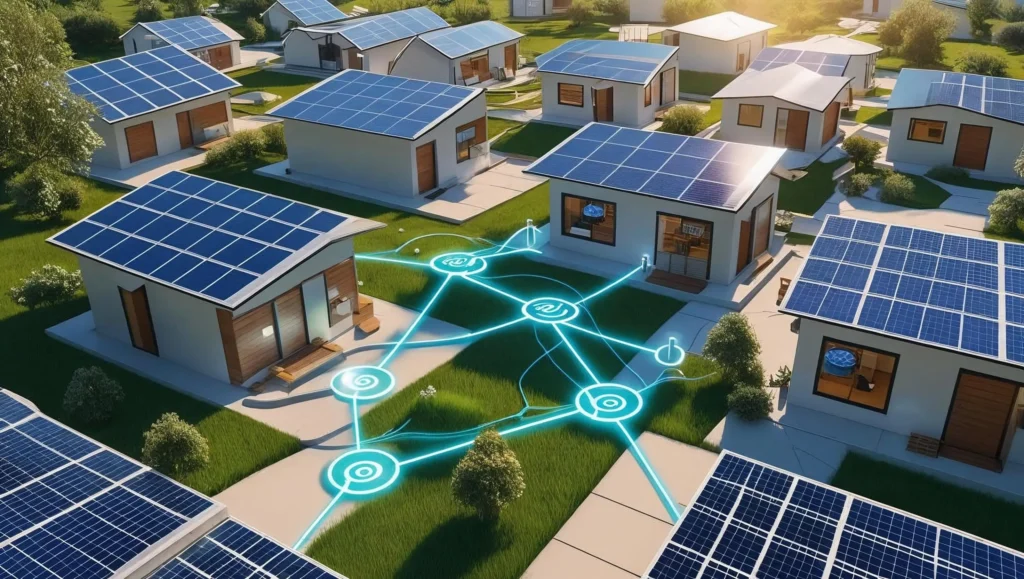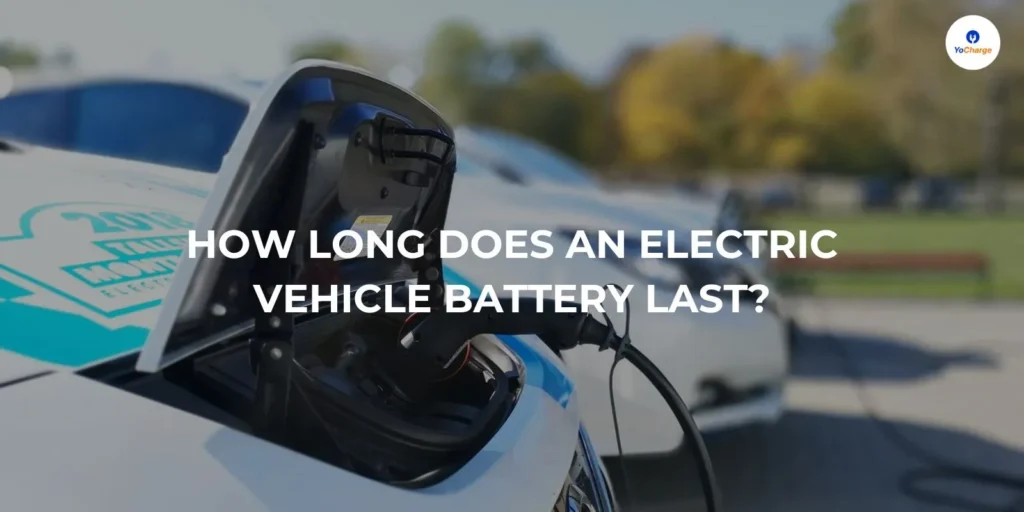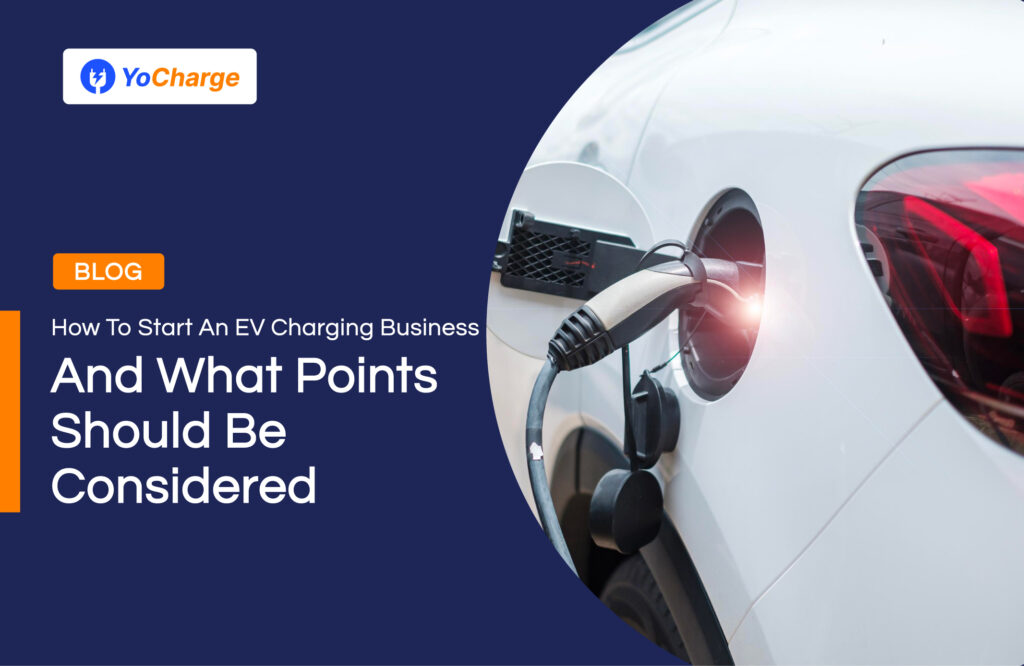
Under the International Renewable Energy Agency’s (IRENA) 1.5°C Scenario, the number of electric passenger cars needs to exceed 2 billion by 2050. At the end of 2022, there were 2.7 million public charging points worldwide, more than 900 000 of which were installed in 2022. According to S&P Global Mobility forecasts, the United States will need to see the number of EV chargers quadruple between 2022 and 2025, and grow more than eight-fold by 2030. One of the primary bottlenecks to higher adoption of electric vehicles is lack of reliable charging infrastructure. While, the early charging infrastructure has been built by electric vehicle companies, the market is increasingly becoming open for more and more players to come. In this article we will describe in detail the steps required to to start the EV Charging Business.

Step 1: Identify the Charging Management System (CMS) Partner
Before, selecting a Charging Management System (CMS) partner, it important to understand what is a CMS, what role does CMS play and why CMS partner has to be selected first ?
What is Charging Management System (CMS) ?
A Charging Management System (CMS) is a comprehensive charging management software platform designed to manage and operate electric vehicle (EV) charging stations efficiently and effectively. It’s a centralized tool that offers various functionalities to streamline the charging process, monitor charging stations, and provide a seamless experience for both charging station operators and EV users.
What role does CMS play in EV Charging Business ?
The EV Charging Software, or the EVCMS, is responsible for managing the charging stations, monitoring usage, and processing payments. It is vital to select software that is user-friendly, reliable, and secure. A Charging Management System (CMS) provides multiple functions & support including:
- End EV User mobile applications & Smart Cards. EV users receive a better charging experience which can help businesses attract more customers.
- Provides flexibility for you to add any company charger of any rating, so that you can deploy best available chargers.
- Central Admin panel & dashboard for monitoring the complete business on one screen.
- Businesses can monitor the status of their charging stations and manage the operations of the charging stations
- It provides real-time information to optimise operations and analyse business and technical data for better decision-making.
- The automated charging processes make it easier to manage and track electric vehicle charging.
- The charging data collected can help businesses improve their operations and increase revenue.
- Charging Station Monitoring that allows real-time monitoring of charging stations, tracking their status, availability, and performance.
- Automatic Payment collection, reporting & transfer to your bank account.
- System generates billing reports, detailing usage, costs, and transactions for both operators and users.
- Insights on Charging Hardware & business, to increase return on investment (ROI) for your business.
Why select CMS Partner first ?
Your CMS defines how quickly you can launch your business, after the launch your CMS makes it easy for you to operate the chargers by displaying real-time information and providing remote access to charging hardware. This also means that your CMS plays a key role how quickly you can scale the business. CMS partners like YoCharge, also offer deep integration with charging hardware meaning certain hardware related issues never to come to your notice as they are addressed proactively.

Step 2: Identify the locations
Understand what type of chargers are suitable for which type of locations.
Identifying Target Market
Identifying the target market and location for the charging stations is important. This can be done by researching the number of EVs in the area, the availability of charging stations, and the proximity to popular destinations such as shopping centres, restaurants, and tourist attractions.
Types of Charging Station
Choosing the type of charger and charging station for your business is crucial, depending upon the location of the property it will be installed. Three types of charging stations are Level 1, Level 2, and DC fast charging.
- Level 1 charging stations use a standard 120/240Volt outlet and can take up to 12 hours to fully charge an EV.
- Level 2 charging stations use a 240Volt/415V outlet and can take up to 8 hours to fully charge an EV.
- DC fast charging stations use high volt DC outlet and can charge an EV up to 80% in 30 minutes.
Locations & Preferred type of Charging Stations
The type of charging station to install will depend on the target market and location. Example, at a restaurant located midway across a highway, the charging station has to be DC fast charger as an EV user usually would stay about 30-45 minutes for snacks, lunch & refreshments and only DC charger can refuel the EV in such time frame. Alternatively, at a resort one can go for Slow DC chargers as guests are anticipated to stay overnight and cars can be charged overnight slowly.
| Location Type | Preferred Charger Types |
|---|---|
| Hotel, Resorts, Institutions, School, Colleges, Hospitals & Workplaces | Type -2 Chargers – Slow |
| Midways, Tollways, Motels, Restaurants | DC – Fast Chargers |

Step 3: Select Charging Hardware
After selecting the location, you know the type of charger required. Now the next step is selecting the hardware supplier
Selecting the Charging Hardware
Charging Hardware also referred to as Electric Vehicle Supply Equipment (EVSE) or EV Charger. This set of equipment can be purchased locally through distributors or service providers or online directly from the manufacturers. Few things to keep in mind before selecting the hardware:
- Hardware warranty duration
- Product service setup – Does charging hardware provider has the capacity to deploy inspection & maintenance person locally.
- Technology – what sort of technology, does charging hardware support.
- Cost – is the hardware cost competitive.

Step 4: Installation Support
Before receiving the hardware, one needs to finalise – what is the electrical infrastructure required and who will install the charging station.
How to get EV Charging Station Installed
The installation support for EV charging station can be provided by hardware company or there are also third-party local installation companies. AC Charging station are relatively easy of install and can be installed by local electrician as well. However, there are few things to note before getting a charging station installed.
- Check the grid-supply to charging station location.
- Load capacity
- Earthing
The installation costs depend on the type of charging station, the number of charging stations, and the location. Maintenance costs will include electricity costs, repair costs, and software costs. Hence, it is important to jot down all the costs and ensure they fit your budget. Read More

Step 5: Market you EV Charging Station
A critical step towards building a charging network is effective use of charging station. This improves the ROI on your station and allows you to scale swiftly.
Marketing your Charging Station:
To improve the occupancy of your charger, you need to market the charging station of various platforms like google maps & other third-party apps. YoCharge CMS allows you share your charging station with 3rd party operators improving your visibility and driving more business.
Conclusion
With the increase in electric vehicle adoption, it has now become both easy and profitable to open an ev charging business. However, there are still traits of trade that one needs to understand so that they can not only launch, but also operate & scale the EV charging business easily.
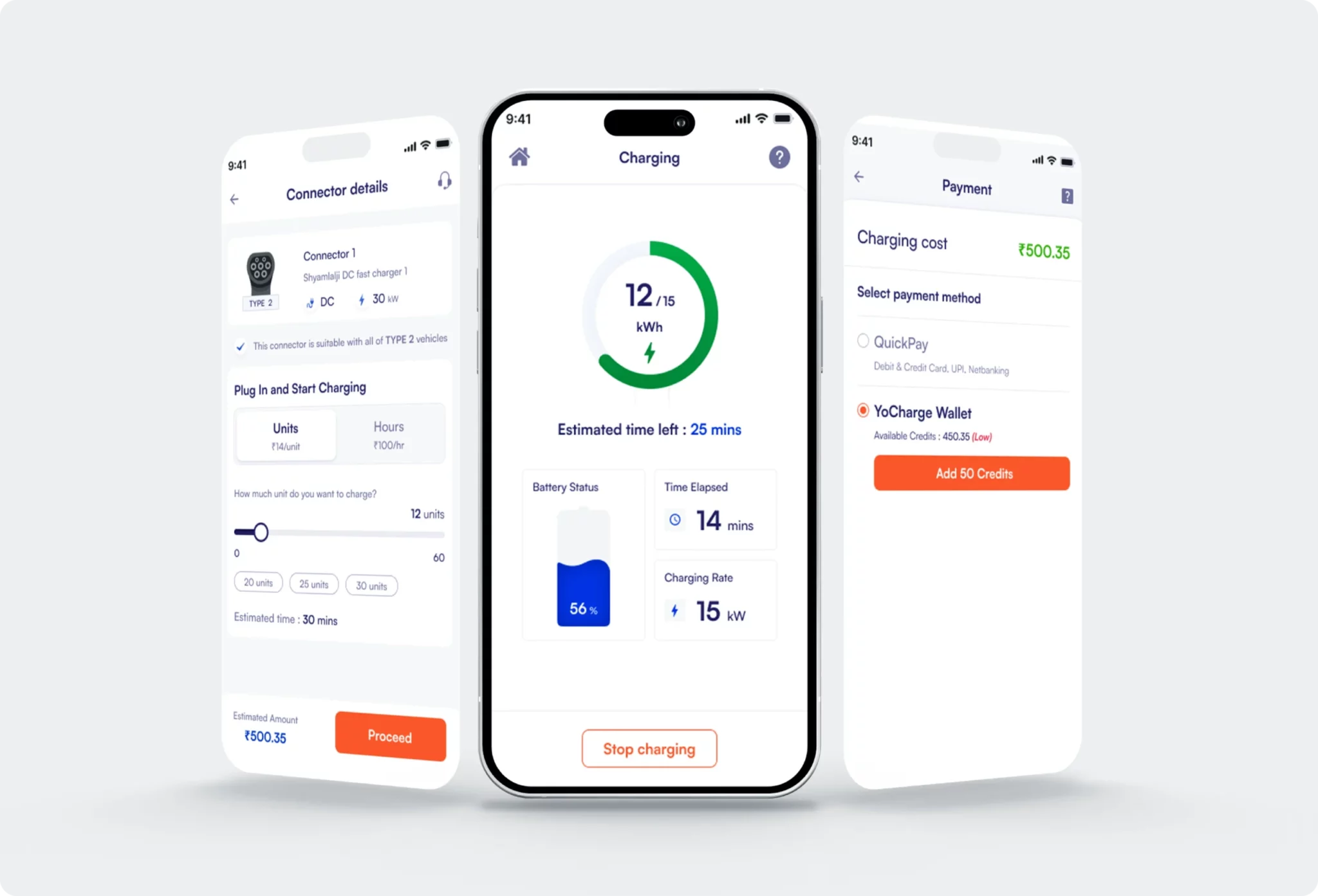
Introducing YoCharge
Yocharge is the EV Charging Management Software Company. As a trusted partner of Charge Point Operators our goal is to simplify the launching, operation & growth of EV Charging Services Business. With help YoCharge you can launch your own branded EV Charging business in 7 days with custom mobile Applications.
